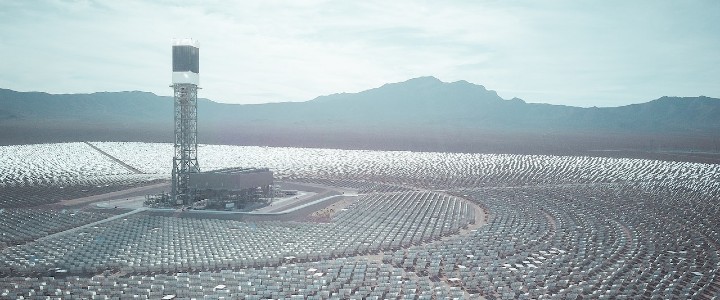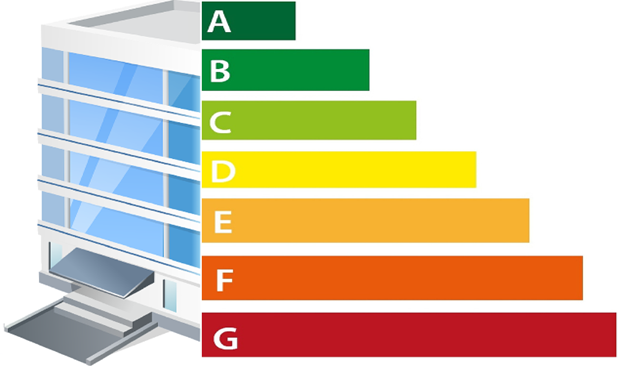Does Propane Have a Role in the Energy Transition?
Moving away from fossil fuels in favor of renewables is an essential step to stopping climate change. However, high prices, limited infrastructure and other challenges make a sudden, comprehensive move to zero-emissions power virtually impossible. The world also needs to consider the middle stages of this energy transition.
Reducing emissions in the meantime as renewables become more accessible is challenging, but help may come from an unexpected place. Propane could play an important role in this shift.

Propane Emissions vs. Other Fossil Fuels
This suggestion may be surprising at first, as propane is a fossil fuel. However, while fossil fuels are the largest source of carbon dioxide emissions in the U.S., most of that doesn’t come from propane. Compared to similar fuels, it’s remarkably clean.
Propane produces 12.68 pounds of CO2 per gallon of fuel burned. By comparison, diesel emits 22.46 pounds per gallon, and gasoline produces 19.37. It’s not just CO2, either. Propane emits far less carbon monoxide and other greenhouse gases than conventional fossil fuels.
While propane is less energy-dense, requiring more of it to deliver the same amount of power, its final emissions are still considerably lower than other fossil fuels. This relative clean-burning nature could make it an ideal fuel for the middle stages of the energy transition.
How Propane Could Help the Clean Energy Transition
Propane has environmental advantages beyond its comparatively low emissions, too. Here’s a look at how this fuel could support the shift to clean energy.
Hydrogen Production
One of the best ways propane can help the energy transition is by improving hydrogen production. Hydrogen could provide a zero-emissions energy source for electricity and vehicles, but producing it uses considerable power, so it’s not an entirely green fuel source. One kilogram of hydrogen produces 9.3 kilograms of CO2 with standard production methods.
Most hydrogen production methods today use methane, but propane can work, too, and do so at a lower temperature. As a result, producing hydrogen from propane will take less energy, reducing related emissions.
This method would still produce CO2 as a byproduct, but it naturally separates the gas, leading to easy capture and storage. Hydrogen plants could then send it to beverage companies or similar applications to create a virtually CO2 emissions-free process.
Propane Vehicles
Propane could also serve as a direct power source, particularly in vehicles. Propane-powered cars and trucks have been available for a while, and you can convert existing engines to run on the fuel. Consequently, propane could provide a relatively accessible answer to low-emissions transportation.
Early projects have already shown impressive results. When West Virginia adopted propane school buses, it reduced carbon emissions by 13% and nitrous oxide emissions by 96%. While zero-emissions vehicles should still be the ultimate goal, these less harmful fossil fuel alternatives could improve sustainability before EVs become more accessible.
Domestic Production
Another way that propane could help the energy transition is by bringing fuel to the U.S. Right now, the country imports 43% of its petroleum, so gas and diesel also carry secondary emissions from the transportation required to bring these resources in. Propane can reduce that reliance on international sources, lowering their related emissions.
More than 90% of U.S. propane comes from domestic production. Consequently, if a larger proportion of the country’s energy came from this fuel, petroleum imports could drop. Using power would come with a smaller carbon footprint as a result, thanks to the resulting drop in international transportation.
Potential Challenges
Propane’s potential for this shift is impressive, but a few challenges remain. The most significant concern is that adapting to propane usage could sustain reliance on fossil fuels. While it burns cleaner than other fossil fuels, it’s still not a zero-emissions fuel source, so it must remain a temporary solution.
Companies or individuals could feel they’ve done enough for the energy transition by embracing propane, given its lower emissions. If that happens, the shift to zero-emissions energy could take even longer. That slowdown could make it difficult to achieve the 2050 carbon neutrality deadline necessary to prevent the most extreme effects of climate change.
Transitioning to propane would also take monetary investment from creating new systems and adapting vehicle engines. These costs may not be as high as moving to renewables, but you could argue that any extra expenses could get in the way of the ultimate goal of net-zero emissions.
Propane Could Help the Transition to Green Energy
While some obstacles remain, climate strategies should consider propane’s potential. With the right approach, this fuel could help guide the middle stages of the clean energy transition, reducing emissions as we work toward eliminating them.
Propane won’t get the world to its final climate goals, but it could help get closer. The fuel’s potential to improve hydrogen’s sustainability and reduce vehicle emissions before renewables are a more viable solution is hard to overlook.













